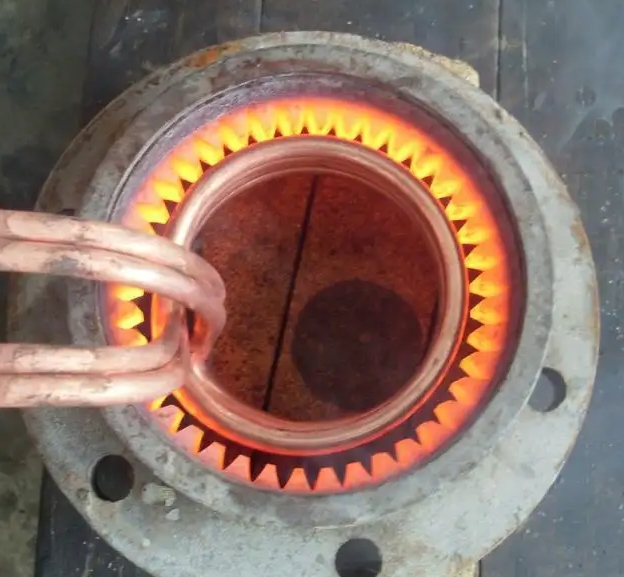- 25
- Jul
Precautions for quenching with high frequency heating machine
- 25
- Luglio
- 25
- Luglio
Precautions for quenching with macchina di riscaldamento ad alta frequenza
1. Metodo di raffreddamento
Il metodo di raffreddamento della tempra della macchina di riscaldamento ad alta frequenza è determinato dalla considerazione completa dei seguenti fattori: in base al materiale dell’acciaio, al metodo di riscaldamento a induzione, alla forma e alle dimensioni delle parti, ecc. I metodi di raffreddamento comunemente utilizzati sono: spray, immersione.
Raffreddamento a getto: parti in acciaio legato;
Raffreddamento ad immersione: parti realizzate con acciai basso legati e al carbonio.
2. Frequenza
The frequency of the high-frequency quenching machine required by different heating processes is also different, but if the frequency we choose is not enough to meet the heating requirements, such as uneven heating, slow heating time, low work efficiency, and the temperature fails to meet the requirements, then It is easy to cause damage to the workpiece.
3. Temperatura di riscaldamento
The suitable heating temperature of the high frequency quenching machine is related to the heating rate, chemical composition and original microstructure of the steel.
Fourth, the technical requirements of parts
The technical requirements of surface quenched parts include: hardened zone distribution, quenched layer structure, quenched layer depth, surface hardness, etc.
5. Metodo di riscaldamento e funzionamento del processo
1. Metodo di riscaldamento simultaneo
The advantages of the simultaneous heating method: In order to improve the production efficiency when mass-producing products, this method can be used. Reason: The heated surfaces are co-heated at the same time, and the entire part of the part that needs to be heated is surrounded by the inductor.
2. Metodo di riscaldamento continuo
Ciò è vantaggioso per espandere il campo di applicazione della macchina per il riscaldamento ad alta frequenza, la produttività del riscaldamento continuo è bassa, ma l’area di riscaldamento è ridotta e la potenza della macchina per il riscaldamento ad alta frequenza può essere ridotta (il raffreddamento e il riscaldamento sono continuo).

